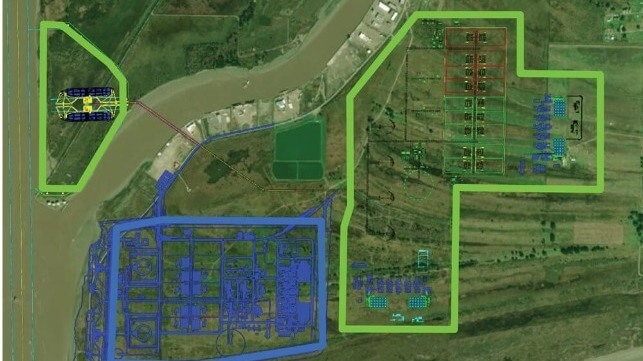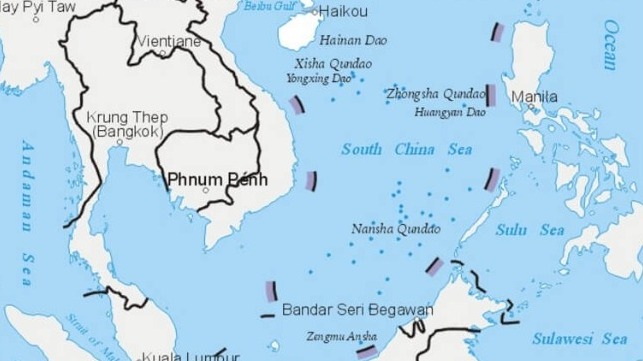Red Sea Security Crisis Affects a Widening Swath of the Global Economy

Persistent Houthi missile attacks in the Red Sea are affecting a widening spectrum of maritime commerce, spreading beyond liner shipping to include the wet bulk, dry bulk, car carrier and LNG trades. The Iranian-backed attacks are beginning to impose real costs on Western economies, like elevated prices for LNG in Europe.
"The Houthis’ actions in the Red Sea are sending reverberations across the global economy, and are felt in almost every facet of our lives," said U.S. Navy Secretary Carlos del Toro at a forum in London on Thursday.
Container ships continue to eschew the Red Sea/Suez route in favor of the far longer circuit around the Cape of Good Hope. According to digital forwarder Flexport, more than 500 boxships have used a different route around Africa since the Houthis began launching attacks.
The disruption means skipped calls for big Mideast ports, and at least one full service string cancellation. THE Alliance, comprised of ONE, Hapag-Lloyd, Yang Ming and HMM, has announced the suspension of its dedicated Asia-Red Sea service. This rotation connected China and Southeast Asia with Jeddah, Aqaba and Sokhna - but no longer.
Customers in Europe and the U.S. East Coast will also be feeling the pinch. The diversions around the Cape of Good Hope are adding 10 days or more to boxship voyage times, soaking up unused ship capacity and driving up charter rates for idle ships. The tightened market affects shippers: according to Freightos, Asia-Europe box rates have nearly tripled since early December.
Ocean carriers may have been the first and most visible operators to quit the Red Sea, but the security risk is beginning to trickle down to other sectors. On Monday, there wasn't a single car carrier in the Red Sea, Gram Car Carriers chairman Ivar Myklebust said at a London conference this week.
Bulkers are also affected, and at least two - the Zografia and Genco Picardy - have actually been hit. Mining giant BHP reports that some of its charter vessel operators do not want to use the Red Sea route anymore because of this security risk. Most of its east-west volume already goes by the Cape route, so this only has an effect at the margins, but a BHP executive noted that about seven percent of global dry bulk traffic passes through Suez.
LNG carriers are also shying away from the Red Sea, including the vessels used by top-three exporter QatarEnergy. Europe sources about 13 percent of its LNG supply through the Red Sea/Suez Canal, much of it from Qatar. The diversion of these ships around Africa has the potential to affect the price of LNG in Europe in the long run, according to Rystad, depending on EU demand for gas.
Tanker operators are also looking for the exits in increasing numbers - even for cargoes associated with Russia. According to energy intelligence firm Vortexa, three Aframax tankers carrying Russian fuel oil to Asia have recently reversed course in the Med and diverted away from the Suez Canal, headed for Gibraltar and the Cape of Good Hope instead. Russia's foreign policy views on the Israel-Hamas conflict are broadly aligned with Houthi political objectives, and this is a rare instance of Russian-chartered ships avoiding the security risk in the Red Sea.
China, which also has overlapping policy positions with the Houthis, is apparently growing concerned with the disruption. Reuters reports that China is pressuring Iran to bring its Houthi proxy forces to heel and cease attacking commerce, or risk losing Chinese investment. Iran is widely believed to supply the missile and drone technology that Houthi forces use for the attacks, as well as the targeting intelligence and technical guidance required, and the White House has openly called for China to intercede with Tehran. Chinese policymakers have an interest in reestablishing Red Sea security because of the effects on trade, a mainstay of the slowing Chinese economy.






